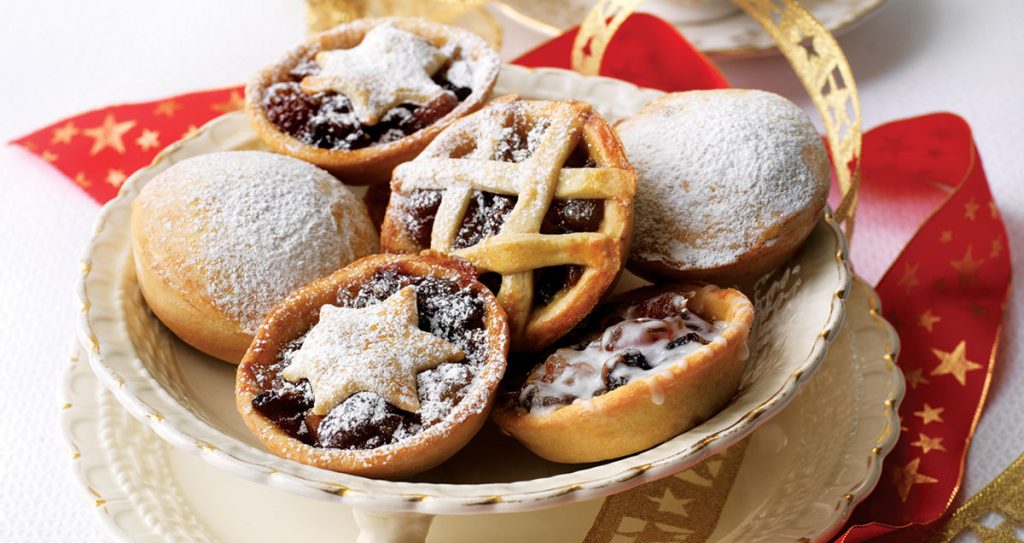, Step by step
Gingerbread Biscuits

These quick and easy to make festive spiced biscuits are a treat for all the family to enjoy.
Method
-
Step 1
Mix the butter and sugar together with an electric mixer until light and airy.
-
Step 2
Add the egg and syrup, then continue to beat together.
-
Step 3
Add the dry ingredients and mix with a wooden spoon to combine.
-
Step 4
Turn the mixture out onto a floured work surface and work until it forms a dough.
-
Step 5
Wrap in clingfilm and chill in the fridge for 15 minutes.
-
Step 6
Lightly dust the work surface and roll the chilled mixture out, to the thickness of a £1 coin.
-
Step 7
Cut the dough into shapes using a cookie cutter and transfer to a lined baking tray.
-
Step 8
Bake in a preheated oven, at 160°C or gas mark 3 until golden, for approximately 10 minutes.
Nutrition
- Gingerbread and gingerbread biscuits are a traditional part of our Christmas fare. As with many Christmas traditions, it seems that Queen Victoria and Prince Albert made gingerbread popular in this country at Christmas time.
- However, gingerbread was around long before the Victorian era, but not in the form we eat it today!
Apparently, Ancient Greeks and Egyptians used it in ceremonies, and there are surviving medieval recipes for gingerbread. This includes one for ‘Gingerbrede’, from the fourteenth century which contained no ginger, but honey, breadcrumbs, saffron, pepper and cinnamon. - Because spices were so expensive, their use was a way of demonstrating your wealth to your guests. Gingerbread was also used medicinally to aid digestion.
- The early gingerbreads were more like pastes than dough, but flour replaced the breadcrumbs by the sixteenth and seventeenth centuries.
Shaping the dough into little men – the precursor to gingerbread biscuits – was popular in Germany in the 1500s. In Germany and in parts of Poland, Hungary, and the Czech Republic, amongst others, there were gingerbread baking guilds. Many of these centres still hold collections of beautiful wooden gingerbread moulds in their museums. - It is said that Queen Elizabeth I also liked to have the dough shaped into models of her dinner guests and would present these biscuits, shaped in their own likeness, to overseas dignitaries visiting her court!
DR JULIET GRAY, NUTRITIONIST


